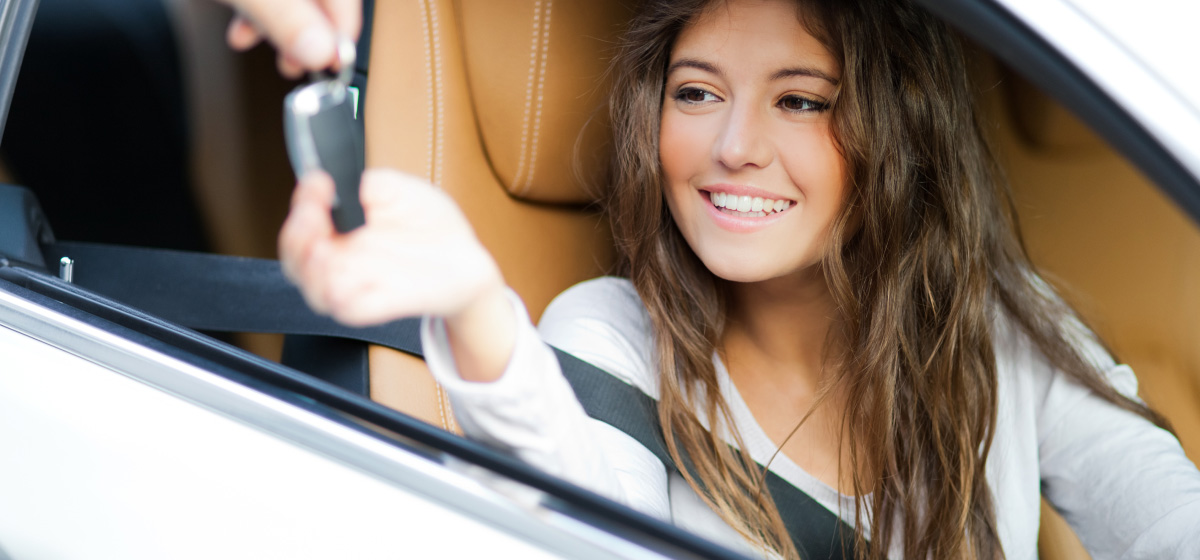In the UK you must provide either your own, your instructor’s or somebody else’s car for your driving test, as long as it meets the following rules.
Don’t forget that if you have insurance with your provisional licence, you won’t be insured to drive home with a full licence if you passed your test.
We love a list. Here’s one on what the car needs for the test.
Which car can I use for my driving test? Here’s what the car you use needs:
- be taxed
- be insured for a driving test*
- be roadworthy and have a current MOT (if it’s over 3 years old)
- have no warning lights showing, for example, the airbag warning light
- have no tyre damage and the legal tread depth on each tyre – you can’t have a space-saver spare tyre fitted
- be smoke-free – this means you can’t smoke in it just before or during the test
- be able to reach at least 62mph and have an mph speedometer
- have 4 wheels and a maximum authorised mass (MAM) of no more than 3,500 kg
- an extra interior rear-view mirror for the examiner
- L-plates(‘L’ or ‘D’ plates in Wales) on the front and rear
- A passenger seat belt for the examiner and a proper passenger head restraint (not a slip-on type)
Which cars can’t be used for a driving test?
Yes, that’s right. You can’t use any car on the driving test as some don’t give the examiner all-round vision…which is kind-of important.
- BMW Mini convertible
- Ford KA convertible
- Toyota iQ
- VW Beetle convertible
Who’s car should I use for my driving test?
1. Driving instructor’s car
The most common choice is using your instructor’s car. The upside to this is that you should be pretty comfortable driving it by now, it will meet the rules above and it’ll already be insured.
2. Own car
If you’re lucky enough to have your own car before passing your test, you’re able to use it for the practical exam provided it meets the rules explained above. Be aware that if your car does not meet the rules, your test will be cancelled and you will lose the slot and the fee.
You must ensure that you have the correct insurance policy while you’re learning to drive. Once you pass your test you’ll need to remember to contact your insurer to update your licence from provisional to full, as you will no longer be insured to drive the vehicle with a provisional licence.
*Bear in mind that if you have Veygo learner driver insurance , you won’t be insured to drive home if you have passed your test.
3. Borrow a car for your driving test
If you’re one of the many learner drivers who gained extra experience and practice by going out in their parents’ car, you may want to use it for your driving test. Just make sure that the car meets the DVSA rules or your test will be cancelled, and nobody wants that.
Using your parent’s car means you do not have to rely on your instructor being free during your test slot and you can be more flexible when booking. If you took out learner driver insurance to cover yourself when learning, remember that the cover will no longer be valid once you pass your test. After passing, if you can’t wait to get back you can take out temporary insurance instead.
